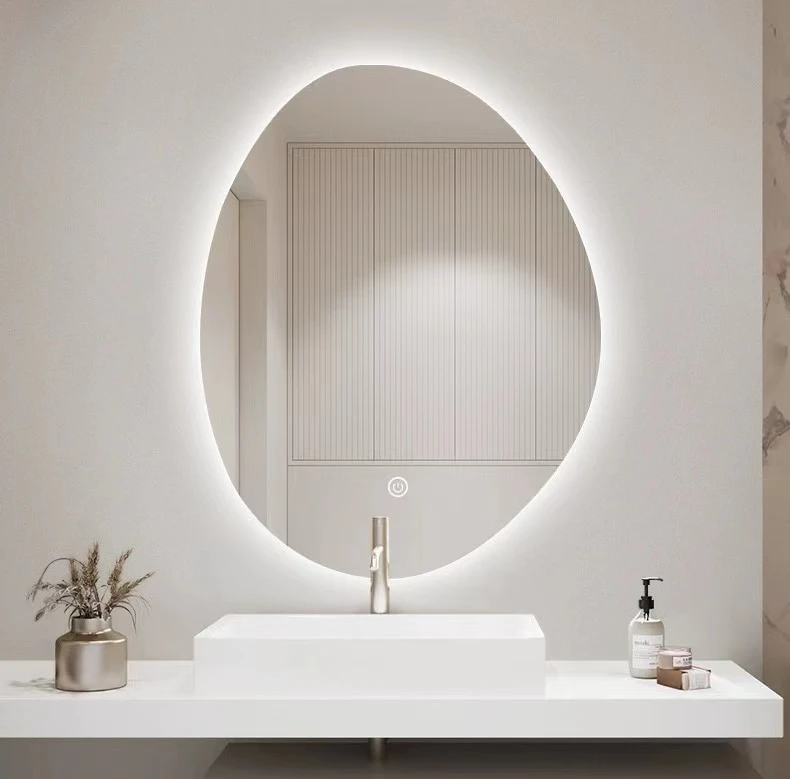

Understanding Insulated Glass Unit Prices Factors and Considerations
Insulated glass units (IGUs) are an essential component in modern building design, providing energy efficiency, thermal comfort, and noise reduction. As architects and builders increasingly prioritize sustainability and energy conservation, the demand for IGUs continues to rise. Given this context, understanding the factors influencing the price of insulated glass units is crucial for making informed purchasing decisions.
What are Insulated Glass Units?
Insulated glass units consist of two or more glass panes separated by a spacer and sealed to create an air or gas-filled space in between. This design significantly reduces heat transfer, which in turn enhances the energy efficiency of a building. Commonly, IGUs are filled with argon or krypton gas to further enhance insulation properties.
Factors Influencing IGU Prices
1. Glass Thickness and Type The thickness of the glass and the type—whether clear, low-E (low emissivity), or tinted—play a vital role in pricing. Thicker glass provides better insulation but comes at a higher cost. Low-E glass, with its specialized coating, reflects heat back into the room, thereby reducing energy costs, but this enhancement also leads to higher prices.
2. Size and Customization The dimensions of the insulated glass unit greatly affect its price. Standard sizes are typically less expensive; however, custom sizes—often necessary for unique architectural designs—can significantly increase costs. Additionally, any special shapes (like arches or angles) further add to the price due to increased manufacturing complexity.

3. Gas Fill Options The choice of gas filling—argon, krypton, or a vacuum—can impact the cost. Argon is widely used and more affordable, while krypton, though more effective, is pricier. Vacuum-sealed units are the most costly but offer exceptional insulation.
4. Sealant and Durability The quality of the sealant used in IGUs affects their longevity and performance. Higher-quality sealants provide better durability and resistance to moisture and are thus priced higher. Proper sealing also helps prevent seal failure, which can lead to fogging and decreased thermal performance.
5. Energy Ratings The energy performance rating (e.g., U-value, R-value) of an IGU is another determining factor in price. IGUs with superior energy ratings are generally more expensive upfront but can lead to significant savings on energy costs over time.
6. Installation Costs It’s worth considering that the price of the insulated glass unit is only one aspect of the overall cost. Installation can involve additional labor costs, which vary based on the complexity of the job and regional labor rates. Proper installation is crucial for ensuring the performance and efficiency of IGUs.
7. Regional Differences Prices can also vary significantly by region due to differences in local demand, competition, shipping costs, and regulatory factors. Therefore, it’s essential to research local suppliers and market conditions.
Conclusion
When considering the purchase of insulated glass units, it's important to weigh these various factors that influence pricing. While it may be tempting to opt for the cheapest option, it’s crucial to consider long-term benefits such as energy savings, durability, and comfort. Investing in quality insulated glass units can yield significant returns, especially in today’s environment that increasingly values sustainability and efficiency. As you explore options for IGUs, remember that understanding the intricacies of pricing will help you make the best decision for your building project.